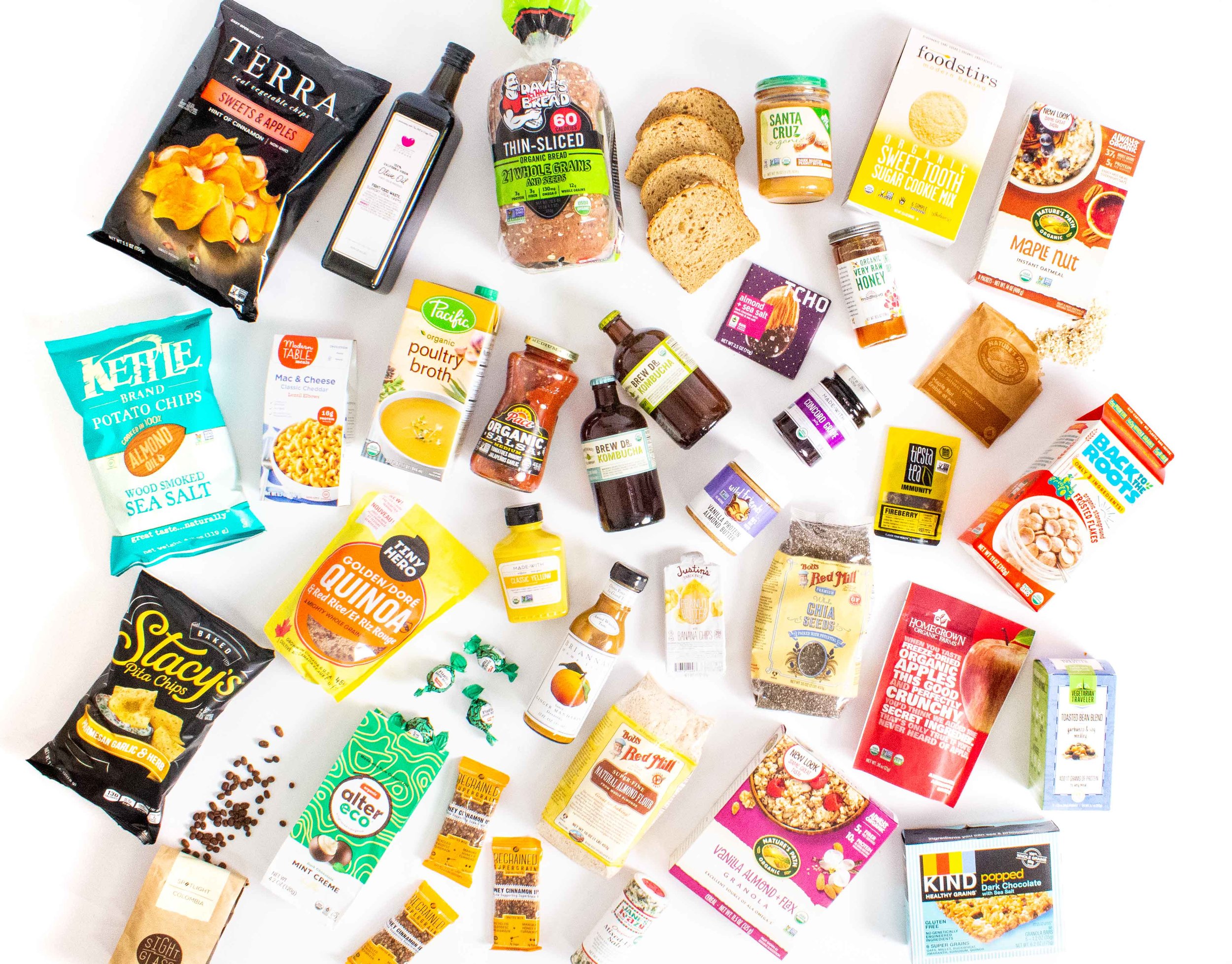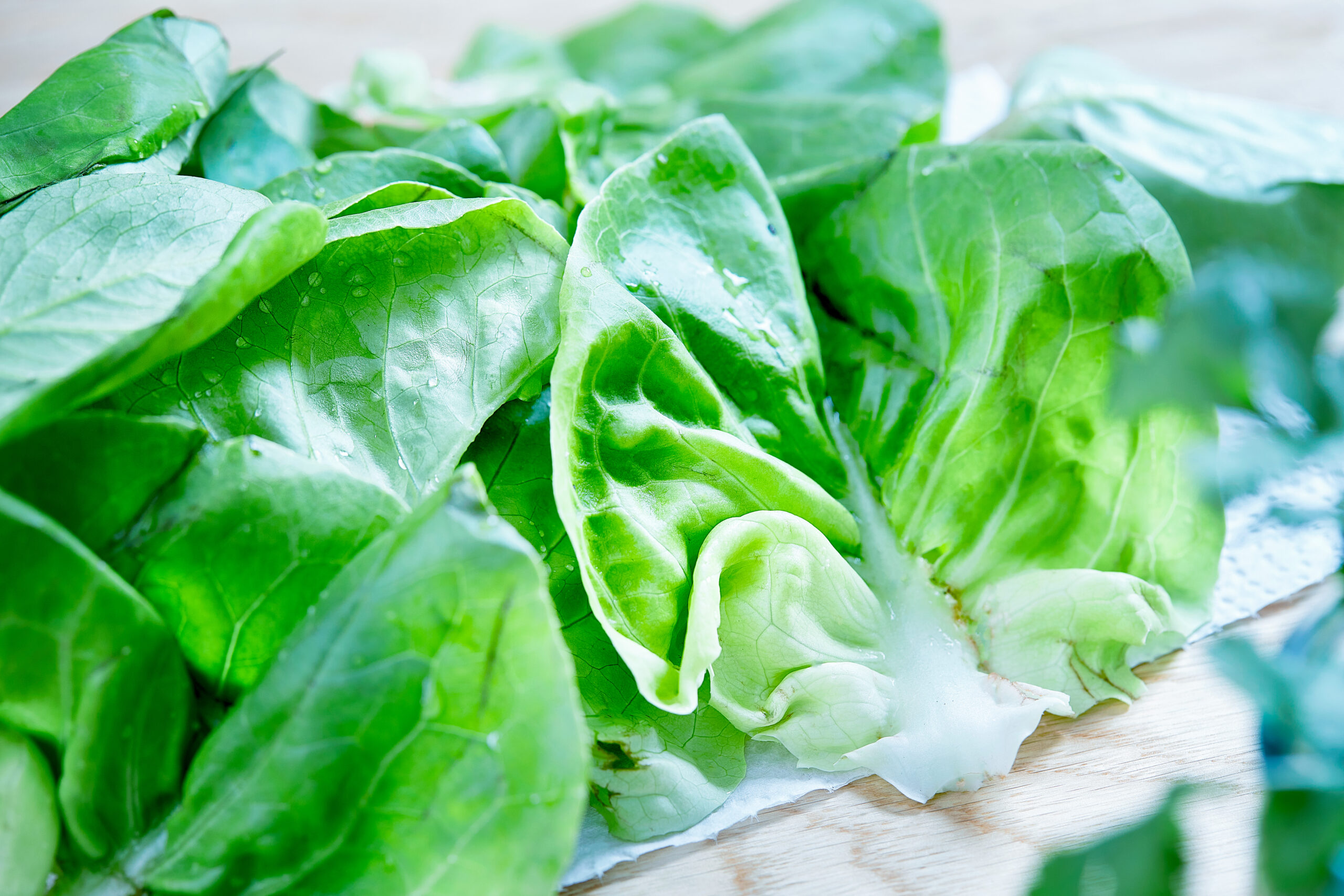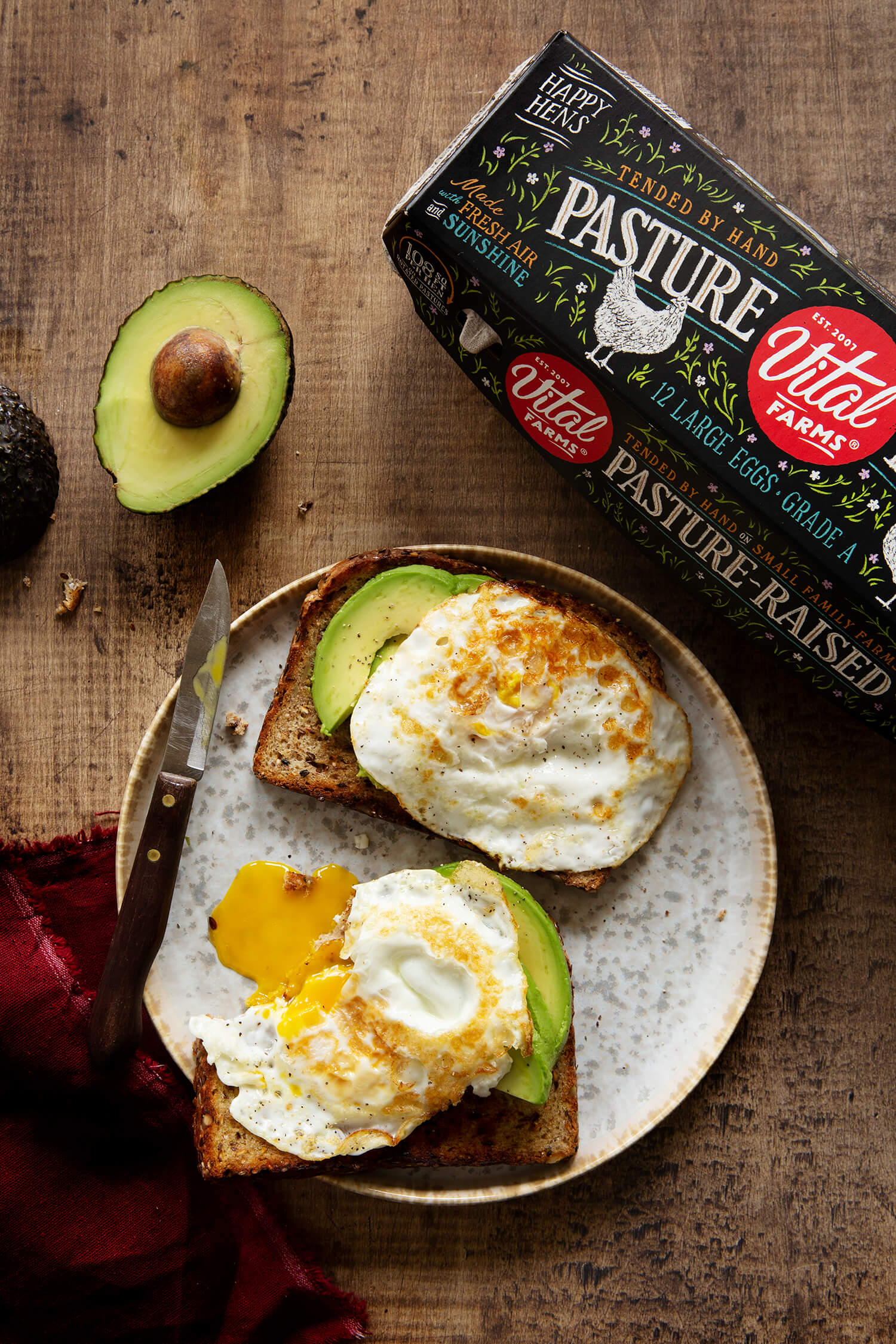Did you know that expiration dates are actually one of the biggest reasons that perfectly good food ends up getting thrown away? We want to help you buy less and waste less, so let’s break down what expiration dates really mean.
Why do some foods have expiration dates and not others?
With the exception of baby formula, expiration dates are not required by law. That means that most of the time you see an expiration date, it was put there voluntarily by the manufacturer as a helpful tool for stores and consumers to identify when the food will be of highest quality.
Use-by? Sell-by? What do all of these labels really mean?
Here’s a helpful breakdown from the USDA:
-
A “Best if Used By/Before” indicates when a product will be of best flavor or quality. It is not a purchase or safety date.
-
A “Sell-By” date tells the store how long to display the product for sale for inventory management. It is not a safety date.
-
A “Use-By” date is the last date recommended for the use of the product while at peak quality. It is not a safety date except for when used on infant formula.
As noted, none of these labels refer to safety, but rather are an attempt to assist retailers and consumers in understanding when food is likely to be at peak quality! So let’s answer what’s on your mind:
Is it ok to eat something past the expiration date?
Most often, yes! While some products like meat and dairy can become unsafe if you hang on to them for too long, the reality is that most packaged food that’s past its “best by” date will end up somewhere between stale and boring, not harmful, and rarely as fast as the date might suggest. When it comes to identifying whether or not food has actually gone bad, you’re better off just following your nose. If it looks, smells, and tastes okay, it’s probably fine to eat.
We hope that this knowledge makes all of your future fridge and pantry clean-outs a whole lot easier. Here’s to saving more money, wasting less food, and eating better in 2019!









